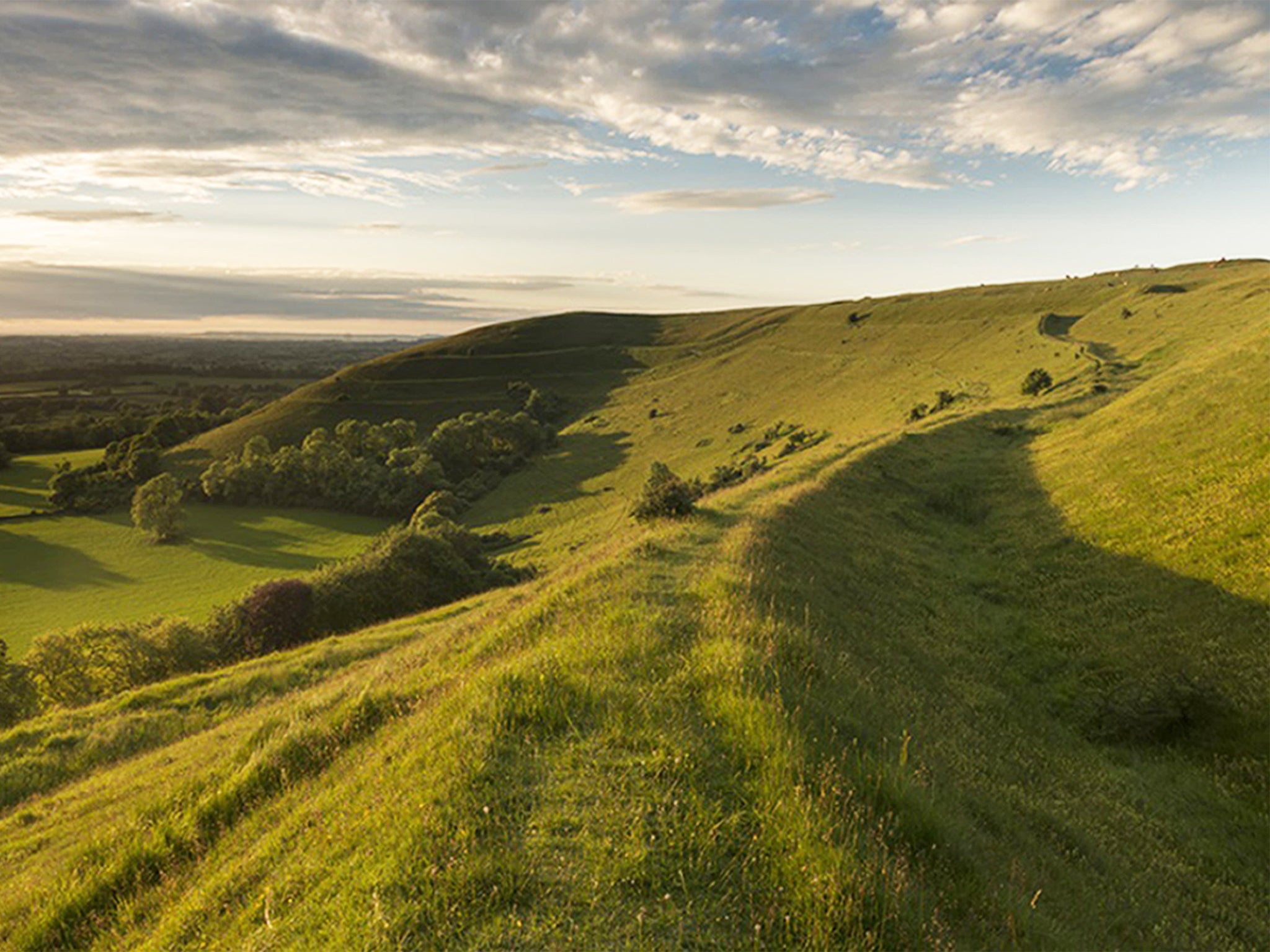National Trust acquires 2,600-year-old Iron Age fort Hambledon Hill

One of Britain’s most important archaeological sites – a vast Iron Age hill fort at Hambledon Hill, Dorset – has been acquired by the National Trust.
It is the organisation’s most significant archaeological acquisition for more than 30 years. With £450,000 from bequests and from Natural England, the Trust has purchased the 2,600-year-old monument from a local family charitable trust which had owned it since the early 1980s.
Together with a neighbouring National Trust-owned hill fort, Hod Hill, the monuments constitute the organization’s most important archaeological complex after the Stonehenge landscape and Avebury.
It’s now planning to protect its newly-acquired Hambledon Hill site from being damaged by encroaching scrubland and other vegetation.
The vast triple-banked hill fort – one of the largest and most impressive in Britain – covers 67 acres and has four miles of grass-covered earthen ramparts.
Its defensive ditches – up to 21 metres deep – are among the most impressive in the world. Inside the hill fort, which is in reality a fortified Iron Age town, visitors can still see some 300 Iron Age hut platforms and walk along the long-abandoned prehistoric streets.
The newly acquired site includes not only the Iron Age hill fort, but also two 5,500-year-old neolithic ritual enclosures, a huge neolithic communal tomb and Bronze Age burial mounds. A full archaeological survey of the monuments will be carried out by the National Trust next year.
The site, already a national nature reserve, is also exceptionally important from a natural history perspective, and is home to nine rare orchids, at least a dozen rare and endangered butterflies, mammals and birds.
“This acquisition is extremely significant because of the site’s rare flora and fauna and because the Iron Age hill fort is among the three most important such archaeological monuments in the country. Together with the Neolithic and Bronze Age earthworks on the site, it covers 3,500 years of British prehistory,” said a National Trust spokesperson.
Join our commenting forum
Join thought-provoking conversations, follow other Independent readers and see their replies
Comments
Bookmark popover
Removed from bookmarks